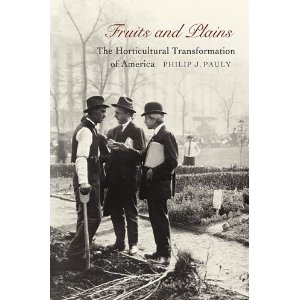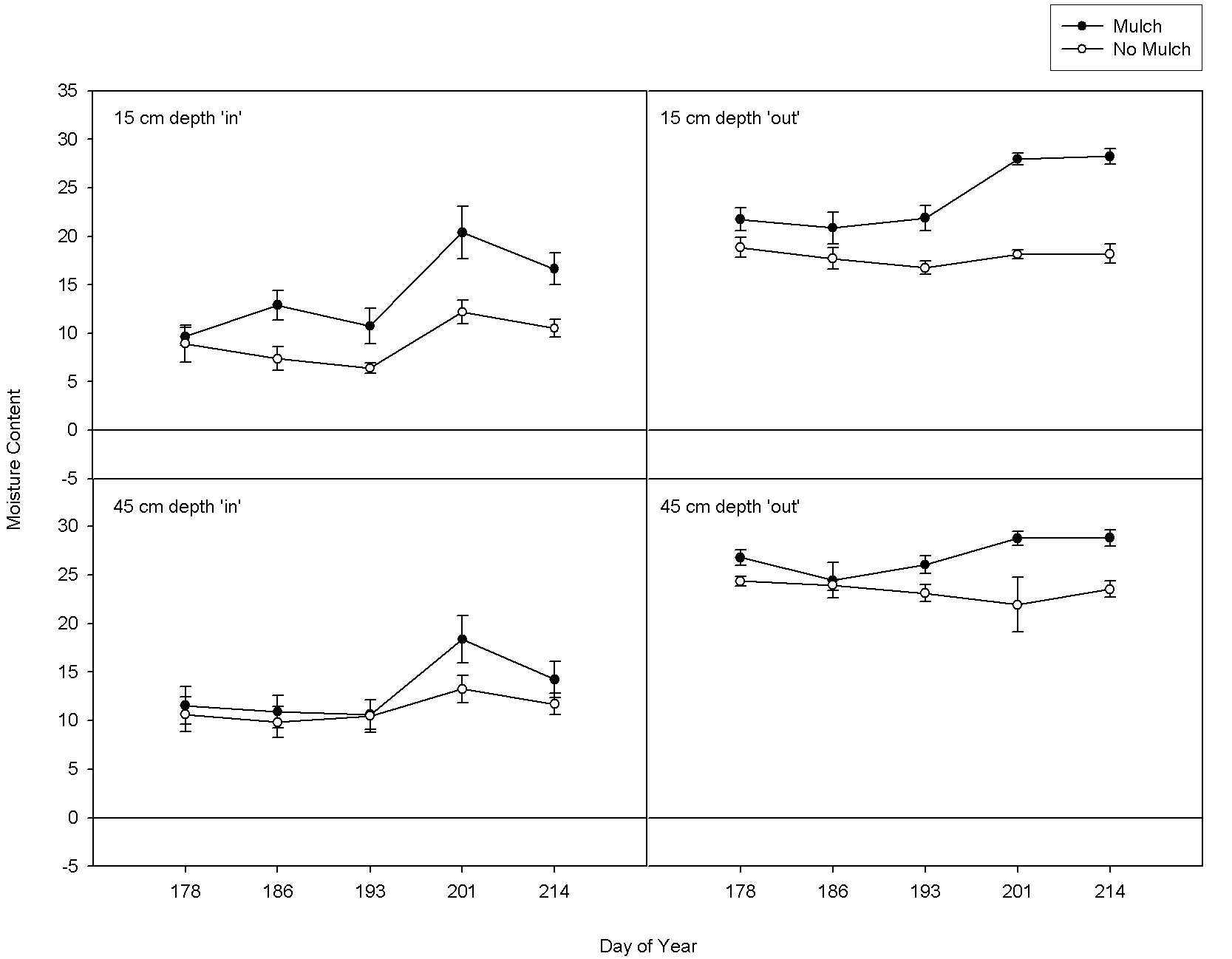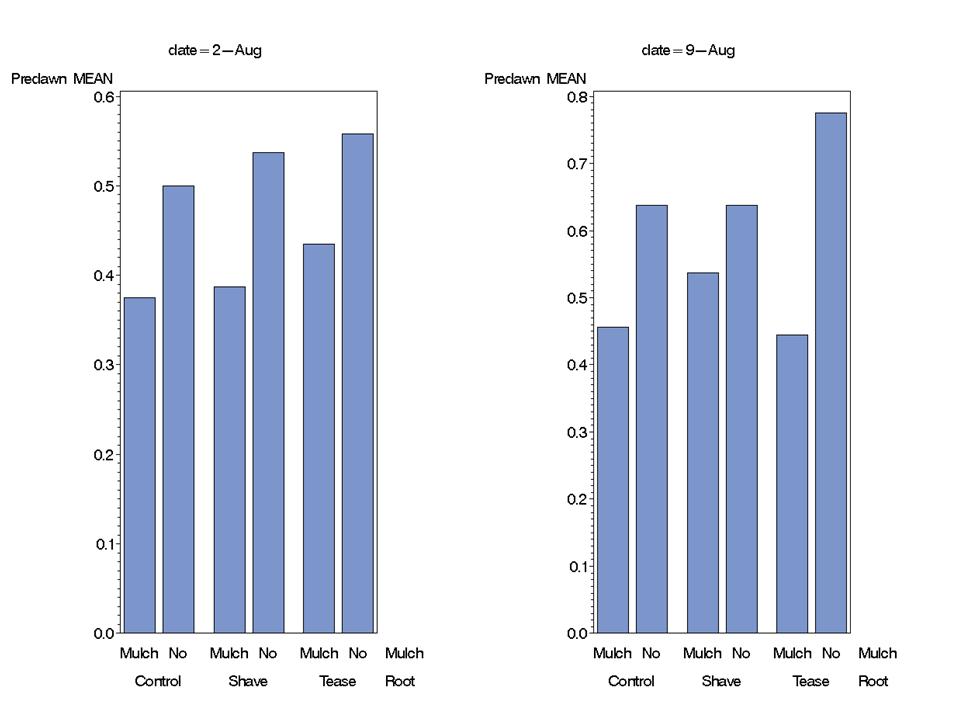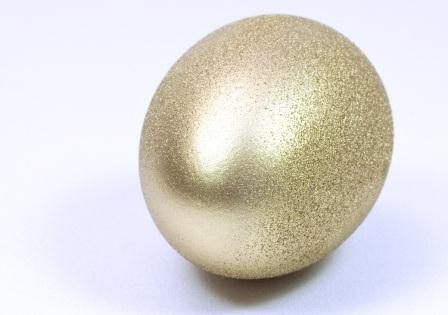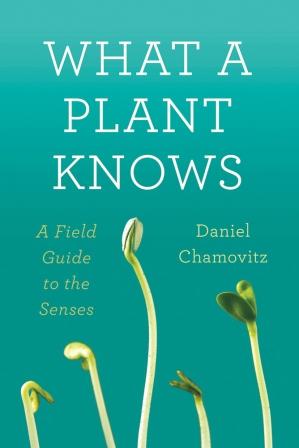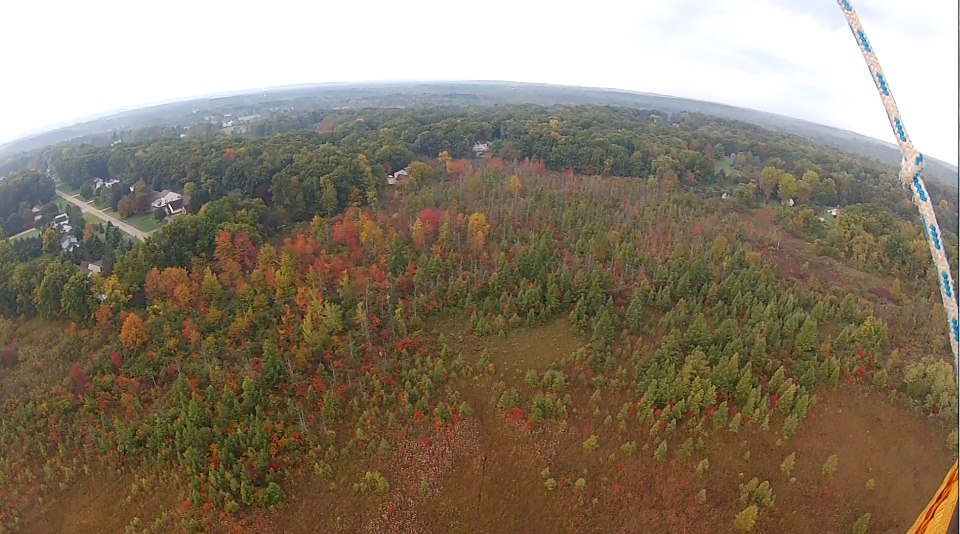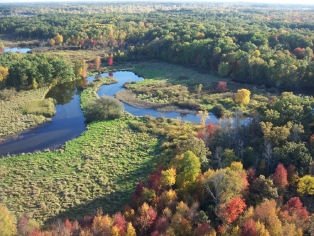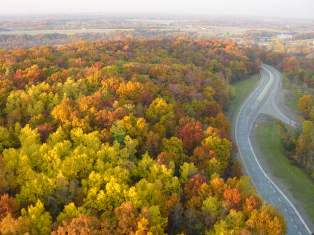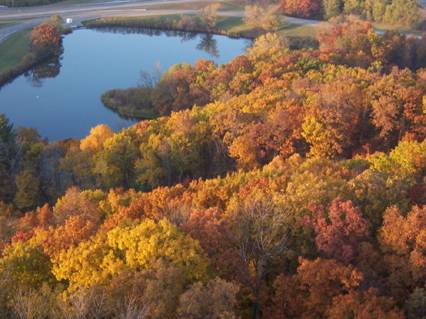One of the best things about my job is I get to work around bright, enthusiastic young people everyday. And not just students here at MSU. Through conferences, meetings and other contacts I get to interact with students at other universities as well. Over the last couple of years I have had a chance to sit in on a couple talks by Alison Stoven O’Connor, who is an Extension Agent and Ph.D. student under the direction of Jim Klett and Tony Koski in Horticulture and Landscape Archetiecture at Colorado State University (and you thought you were busy!). For her Ph.D. research Alison is working on a subject near and dear to the hearts of the Garden Professors; nursery production and tree root development. After I saw her talk at the ASHS meeting this summer I invited Alison to take slot as a guest blogger but she declined, citing her time constraints – we’ll call it an excused absence. She did, however, graciously share some photos from her trial which, as you’ll see, pretty much speak for themselves.
A brief run-down on Alison’s study. She grew Chanticleer pear trees in #15 containers, including both standard black plastic containers and Smart Pot fabric containers in summer 2010. After growing the trees in the nursery for the summer, she transplanted the trees into a landscape-type planting in the fall of 2010. Last week (remember you come to the Garden Professors to get the latest!) she began sampling the roots of a subset of her trees with the aid of a local landscape company with an air spade. The depth of rooting appears to be consistent regardless of the type of container the tree was grown in. Width of the root system; that’s another story… While Alison has a ways to go in gathering and analyzing data, the photographic evidence looks pretty good for the Smart pots over the status quo.
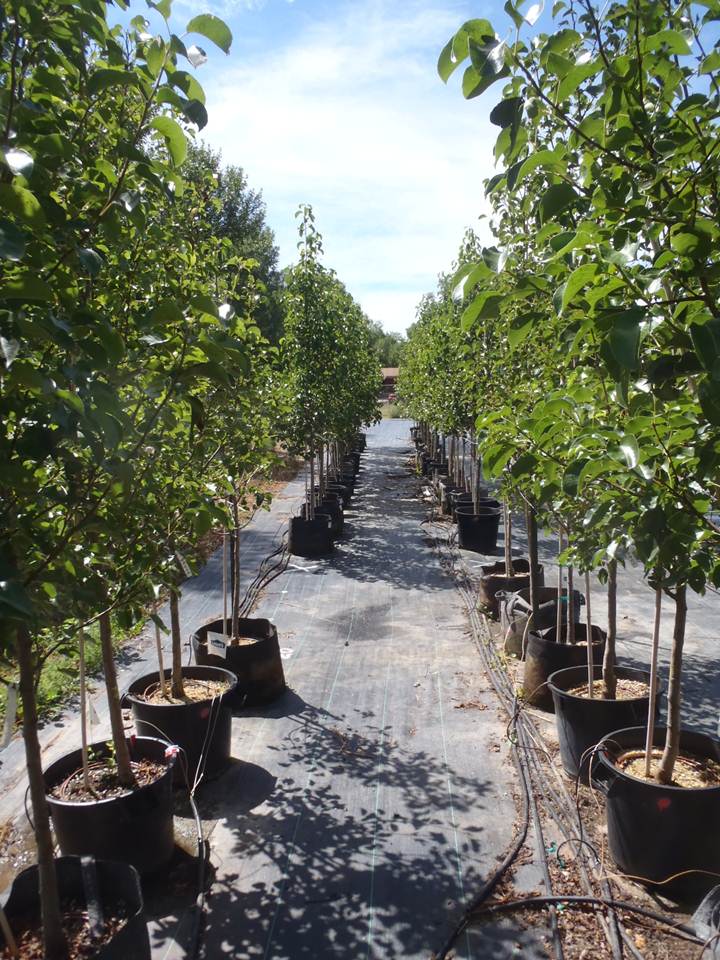
Trees in nursery production.

Trees in the ‘Landscape’ after transplanting,
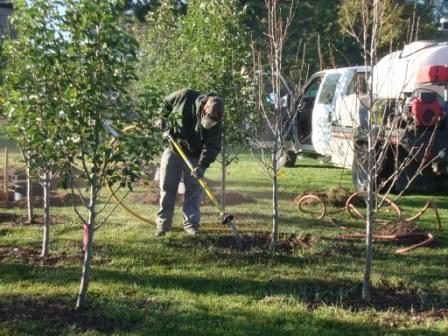
Air spading to harvest roots
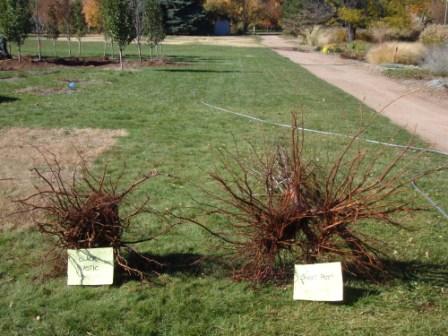
Root systems two years after planting in the landscape. Left – tree grown in conventional black plastic pot. Right – tree grown in Smart Pot. 630 miles between East Lansing and Minneapolis and I can already hear Jeff gloating, “Neener, neener, neener…”
